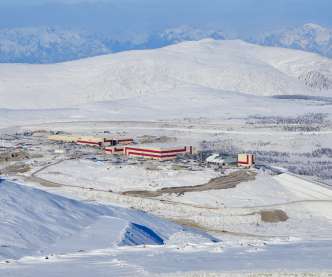Udokan Copper to cut carbon intensity of copper production up to 75% by 2035
Green Car Congress
AUGUST 4, 2022
It will also study opportunities to switch from coal to less carbon-intensive fuels for heat generation as well as electrification of the mining fleet. Udokan Copper (earlier known as Baikal Mining Company) was established in 2008 to develop the Udokan copper deposit. In 2021, Udokan Copper invested RUB 764 million (US$11.5 733-745.



























Let's personalize your content